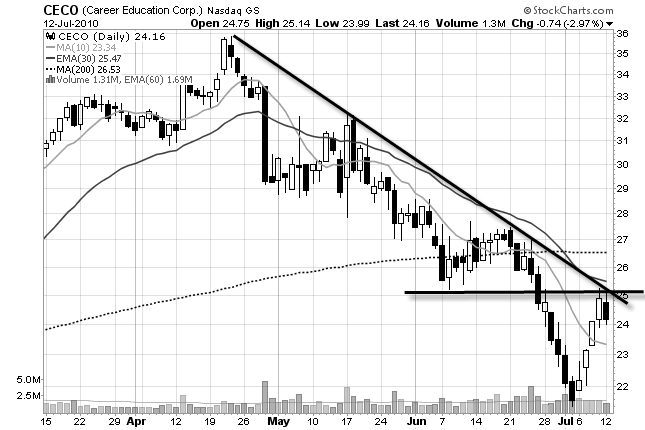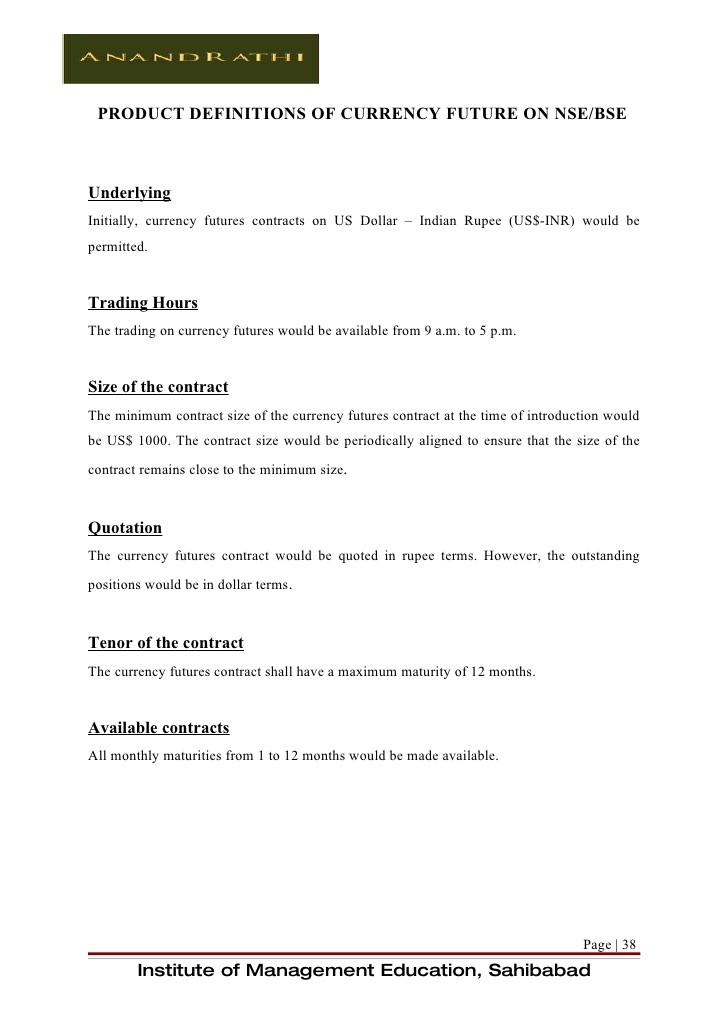Online currency trading in india Currency Trading India Derivative Best Online Trading Experience
Post on: 6 Октябрь, 2015 No Comment

What is currency trading?
Currency trading is the act of buying and selling international currencies. Very often, banks and financial trading institutions engage in the act of currency trading. Individual investors can also engage in currency trading, attempting to benefit from variations in the exchange rate of the currencies. The currency market The currency trading (FOREX) market is the biggest and the fastest growing market in the world economy. Its daily turnover is more than 2.5 trillion dollars, which is 100 times greater than the NASDAQ daily turnover. Every day more than U.S. $3 trillion in currencies change hands in a highly professional interbank market, in which electronic trading platforms link currency traders from banks across the world directly. FX markets are effectively open 24 hours a day thanks to global cooperation among currency traders. At the end of each business day in Asia, traders pass their open currency positions on to their colleagues in Europe, who – at the end of their business day – pass their open positions on to American traders, who just begin their working day and pass positions on to Asia at the end of their business day. And there, the circle begins anew. This makes FX truly global and very liquid.
Currency terminology
Exchange rate
The exchange rate is a price — the number of units of one nation’s currency that must be surrendered in order to acquire one unit of another nation’s currency.
Various terminologies in currency market: Spot price: The price at which a currency trades in the spot market. In the case of USD/INR, spot value is T + 2.
Futures price: The price at which the futures contract trades in the futures market.
Contract cycle: The currency futures contracts on the SEBI recognized exchanges have one-month, two-month, and three-month up to twelve-month expiry cycles. Hence, these exchanges will have 12 contracts outstanding at any given point in time.
Final settlement date: The last business day of the month will be termed the Value date/ Final Settlement date of each contract.
Expiry date: It is the date specified in the futures contract. All contracts expire on the last working day (excluding Saturdays) of the contract months. The last day for the trading of the contract shall be two working days prior to the final settlement date or value date.
Contract size: In the case of USD/INR it is USD 1000; EUR/INR it is EUR 1000; GBP/INR it is GBP 1000 and in case of JPY/INR it is JPY 100,000. ( Ref. RBI Circular: RBI/2009-10/290, dated 19th January, by which RBI has allowed trade in EUR/INR, JPY/INR and GBP/INR pairs.)
Basis: Basis can be defined as the futures price minus the spot price. In a normal market, basis will be positive. Futures prices normally exceed spot prices.
Cost of carry: The relationship between futures prices and spot prices can be summarized in terms of what is known as the cost of carry. This measures (in commodity markets) the storage cost plus the interest that is paid to finance or ‘carry’ the asset till delivery less the income earned on the asset. For currency derivatives carry cost is the rate of interest.
Initial margin: The amount that must be deposited in the margin account at the time a futures contract is first entered into is known as initial margin.
Marking-to-market: In the futures market, at the end of each trading day, the margin account is adjusted to reflect the investor’s gain or loss depending upon the futures closing price which is known as marking-to-market.
A foreign exchange deal: Its always been done in currency pairs, for example, US Dollar – Indian Rupee contract (USD–INR); British Pound – INR (GBP-INR), Japanese Yen – U.S. Dollar (JPYUSD), U.S. Dollar – Swiss Franc (USD-CHF) etc. Some of the liquid currencies in the world are USD, JPY, EURO, GBP, and CHF and some of the liquid currency contracts are on USD-JPY, USD-EURO, EURO-JPY, USD-GBP, and USD-CHF.
Economic variables which affect foreign exchange market
Interest rates, inflation, and GDP numbers are the main variables; however other economic indicators such as unemployment rate, bop, trade deficit, fiscal deficit, manufacturing indices, consumer prices and retail sales amongst others. News and information regarding a country’s economy can have a direct impact on the direction that the country’s currency is heading in much the same way that current events and financial news affect stock prices, hence the importance of economic factors. The following eight economic factors will directly affect a currency’s movements in the Forex market. Interest rates, inflation, and GDP numbers are the main variables; however other economic indicators such as unemployment rate, bop, trade deficit, fiscal deficit, manufacturing indices, consumer prices and retail sales amongst others.
News and information regarding a country’s economy can have a direct impact on the direction that the country’s currency is heading in much the same way that current events and financial news affect stock prices, hence the importance of economic factors.
Who can trade in Currency Futures markets in India?
Any resident Indian or company including banks and financial institutions can participate in the futures market. However, at present, Foreign Institutional Investors (FIIs) and Non-Resident Indians (NRIs) are not permitted to participate in currency futures market.
Which currency pairs are listed?
Any currency can be traded on the international level. However, on the Multi Commodity Exchange (MCX- SX), only 4 major currencies are traded against the Indian Rupee.
- USDINR
- EURINR
- GBPINR
- JPYINR

Which are the Exchanges used?
The commonly used exchanges on the national level are — Multi Commodity Exchange (MCX- SX) National Stock Exchange (NSE) The most commonly used exchange on the international level — COMEX Who are the Regulators of the Market The currency market is regulated jointly by the Reserve Bank of India (RBI) and Securities & Exchange Board of India (SEBI).
What is Margin?
Margin is a performance bond that insures against trading losses. Margin requirements in the FX marketplace allow you to hold positions much larger than the asset value of your account. Trading with Forex Capital Management includes a pre-trade check for margin availability, the trade is executed only if there are sufficient margin funds in your account. The Forex Capital Management trading system calculates cash on hand necessary to cover current positions, and provides this information to you in real time. If funds in your account fall below margin requirements, the system will close all open positions. This prevents your account from falling below your available equity, which is a key protection in this volatile, fast moving marketplace.
What are “short” and “long” positions?
Short positions are taken when a trader sells currency in anticipation of a downturn in price. Making this move allows the investor to benefit from a decline. Long positions are taken when a trader buys a currency at a low price in anticipation of selling it later for more. Making these moves allows the investor to benefit from changing market prices. Remember! Since currencies are traded in pairs, every forex position inevitably requires the investor to go short in one currency and long in the other.
Mechanism?
- To demonstrate how a move of one tick affects the price, imagine a trader buys a contract (USD 1000 being the value of each contract) at Rs. 52.2500. One tick move on this contract will translate to Rs. 52.2525 depending on the direction of market movement.
- Purchase price: Rs. 52.2500
- Price increases by one tick: + Rs. 00.0025
- New price: Rs. 52.2525
- Purchase price: Rs. 52.2500
- Price decreases by one tick: Rs. 00.0025
- New price: Rs. 52.2475
- The value of one tick on each contract is Rupees 2.50. So if a trader buys 5 contracts and the price moves up by 4 ticks, she makes Rupees 50.
- Step 1: 52.2600 – 52.2500
- Step 2: 4 ticks * 5 contracts = 20 points
- Step 3: 20 points * Rs. 2.5 per tick = Rs. 50
- (Note: please note the above examples do not include transaction fees and any other fees, which are essential for calculating final profit and loss)
Benefits of Currency Derivatives with Mansukh
Trade in Currency and have the Mansukh Edge:
- Fast and efficient trading platforms for hassle free trading experience.
- Tailor made brokerage options, Pre-paid, Post-paid etc as per your trading pattern.
- Dedicated Currency Research team for analysis and research support.
- SMS service for both intraday and delivery based currency tips and news.
- Pan India branch network for offline traders.
- Call and trade facility with superior dealing rooms.














